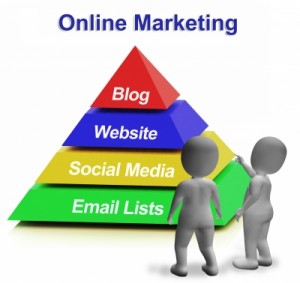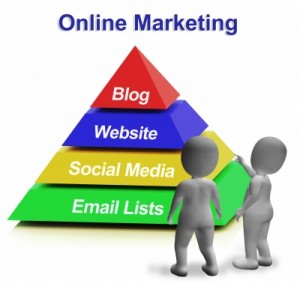If you are selling products online, then one of the biggest challenges you’ll face is not just getting visitors to your site, it’s how to get those visitors to complete a sale- especially if they have actually added items to their shopping cart.
 According to the web research company, Baymard Institute, an average of 67.75% of all online shopping carts are abandoned before a sale is made. While that may seem like a pretty overwhelming statistic, the truth is there are many things that online store owners can do to improve conversions and ultimately increase sales. But, this takes some understanding of why people are abandoning ship in the first place.
According to the web research company, Baymard Institute, an average of 67.75% of all online shopping carts are abandoned before a sale is made. While that may seem like a pretty overwhelming statistic, the truth is there are many things that online store owners can do to improve conversions and ultimately increase sales. But, this takes some understanding of why people are abandoning ship in the first place.
That said, here are 4 easy ways you can really change the purchasing dynamic at your online store:
1. Make all costs associated with the purchase visible and clear from the beginning. Several studies point to the fact that the biggest reason people abandon their shopping carts is due to unanticipated or overly high expenses for things like shipping, taxes, and other fees. For this reason, it definitely pays to make all these expenses very clear to the potential buyer from the start.
Also, you should try to understand which of the the expenses are putting people off and why. Free shipping, for example, is a very common “service” that many online buyers are beginning to expect. Where this is not feasible, you may want to try some workarounds, such as offering free shipping once a certain purchasing threshold has been reached.
2. Look for ways to re-target shopping cart abondoners. Many online merchants don’t realize that 99% of first time visitors will not buy on the first visit. However, 75% of those people who abandon their carts are doing so with the intention to buy later on. Not only that, but 72% of those who abandoned their cart will buy within the first 12 to 24 hours. To capture the attention of these potential buyers, you can run a series of remarketing campaigns via Google Adwords. If you have their email addresses, then you could even run an email campaign encouraging them to return and complete the sale.
3. Emphasize the unique qualities and features of buying from your store. If you can’t compete on price for the products you sell, then make sure you emphasize any other perks or unique selling points, such as free return shipping and live support, that make buying from your store appealing. Not only should these features be prominently displayed on your site and marketing materials, but you should also make sure they are emphasized in your retargeting efforts.
4. Make it easy to complete the purchase. Many potential buyers are turned off by the “obstacles” that stand in the way of making a purchase. This includes things like: having to open an account to make the purchase, having extremely limited payment options, having to fill in many fields of information, and having poor site and shopping cart navigation.
In short, increasing shopping cart conversions is not rocket science. If you are selling quality products and your site is relatively easy-to-navigate and your prices are reasonable given the overall value that customers are receiving, then a few simple tweaks can really make all the difference to your conversions and the overall buying experience.










